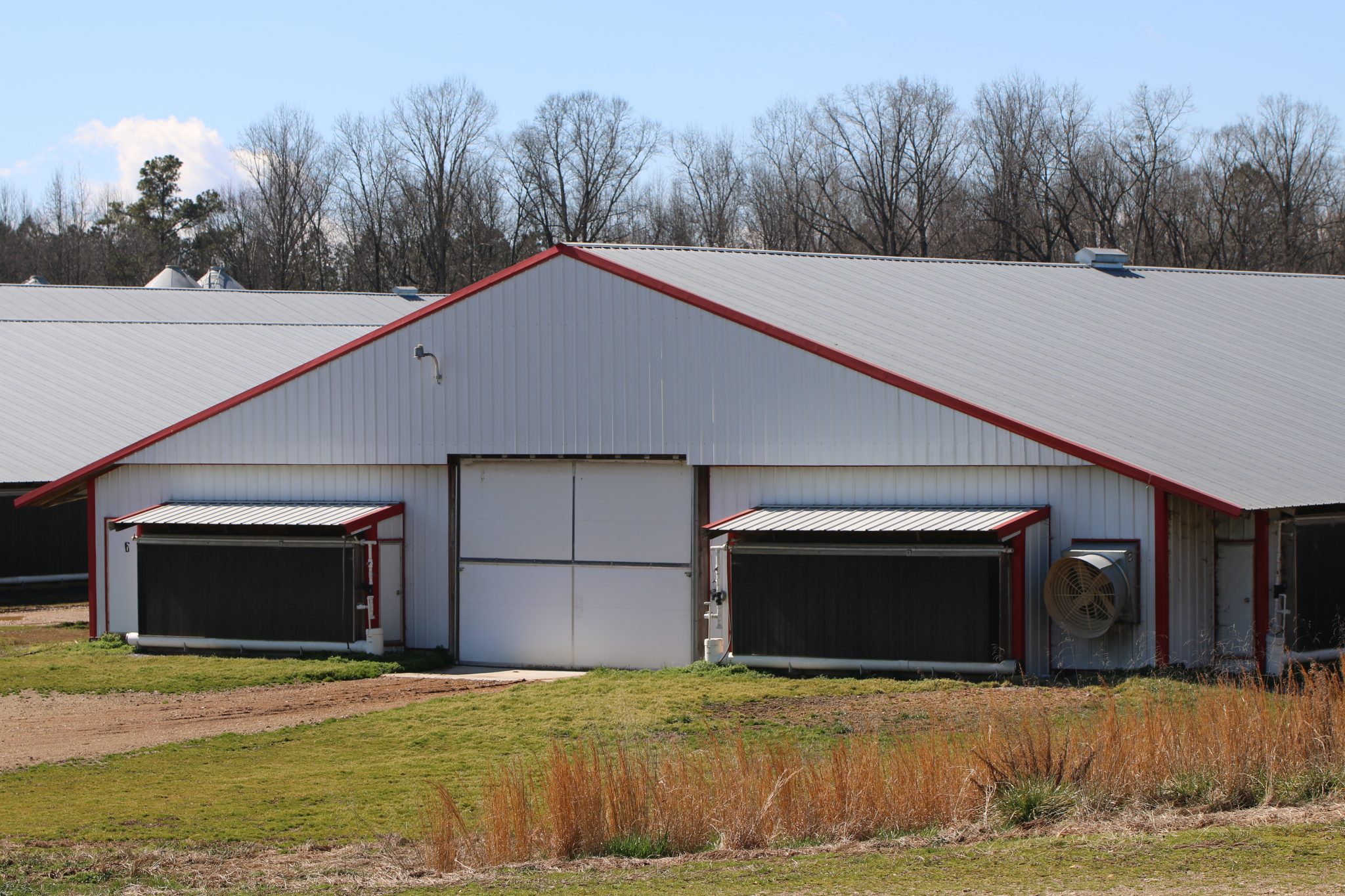Farm Management

Recent events have prompted many poultry growers to re-examine their current method of daily mortality disposal and consider new options for their farm. Mortality disposal management is a significant concern on a farm and a detailed examination of all the requirements, costs and impacts of any method should be part of a good business decision. However, a simplified look at the estimated input costs, the first year’s total cost, combined with longer-term financial estimates, can assist growers with these decisions.
Methods of Disposal and Cost Considerations
The only approved poultry mortality daily disposal methods for Alabama are:
- composting – shed and in-vessel (drum)
- incineration
- mortality freezers for rendering
A potential fourth available method is mortality dehydration. It is a new method that is not currently approved but is being evaluated at this time by the Alabama Department of Agriculture & Industries. Using industry standards, manufacturer recommendations and estimates, the long-term cost for each method can be compared. However, there are also many hidden costs and less than obvious aspects, like environmental concerns and litter/compost value that should be considered for each. These will be discussed in a later article. For now, let’s look at how borrowed capital, rental fees, fuel, labor, and maintenance affect the estimation of long-term total cost of each of these four methods.
Our example considers a farm consisting of two 66 feet x 600 feet broiler houses, raising 6.5-pound target weight birds with typical placement of 104,200 total birds. A 49-day flock with 14 days of out time yields 5.8 flocks and 284 bird-days per year. A “bird-day” is a day that birds are in-house and mortality management is expected. For input costs, the example farm pays $60/ton for shavings, $3.00 per gallon for LP gas, $5.00/gal for diesel fuel for tractor use and $0.12/kWh for electricity. Many farmers do not calculate their own time as paid labor, however, to create a fair comparison, and to illustrate the cost if someone were hiring labor to perform these duties, labor is also calculated at $15/hour.
Input Cost Estimates
Long-Term Cost Estimates
Overall Analysis
In our example estimation, the drum composter comes out highest in cost per bird-day. This is mainly due to the assumption that a grower would use the manufacturer’s recommendation of fresh shavings at the proper rates for all the compost bulking material/carbon source. Growers considering this method should discuss other less expensive options with the composter manufacturer. The 6-bin shed composter comes out the least expensive, mainly due to the low energy requirements and low maintenance costs long-term. However, if choosing this method, it must be understood that there is a much higher management requirement to get the job done correctly and avoid possible negative impacts to the farm. The other methods yield similar long-term cost estimates per bird-day.
Beyond the simple financial analysis of these methods, growers should consider other reasons behind choosing one method over another. Growers should ask themselves questions like:
- How much time do I have to manage my mortality disposal method?
- Do I have enough labor available to properly execute a method?
- Do I need additional structures built to house a method?
- Am I in an area where I need to be more concerned about neighbor relations and therefore choose a method with the least possible negative impact potential?
A grower must also consider how long they intend to grow. The right choice may be different for someone just beginning and someone looking to retire within 5 years.
A further evaluation of each mortality management method, as well as consideration of the value of the output produced from each method, will soon follow. However, this cost-only evaluation should help growers begin to make a choice of mortality management that fits their farms current situation best.
More Information
For more information on these mortality management methods, see also:

